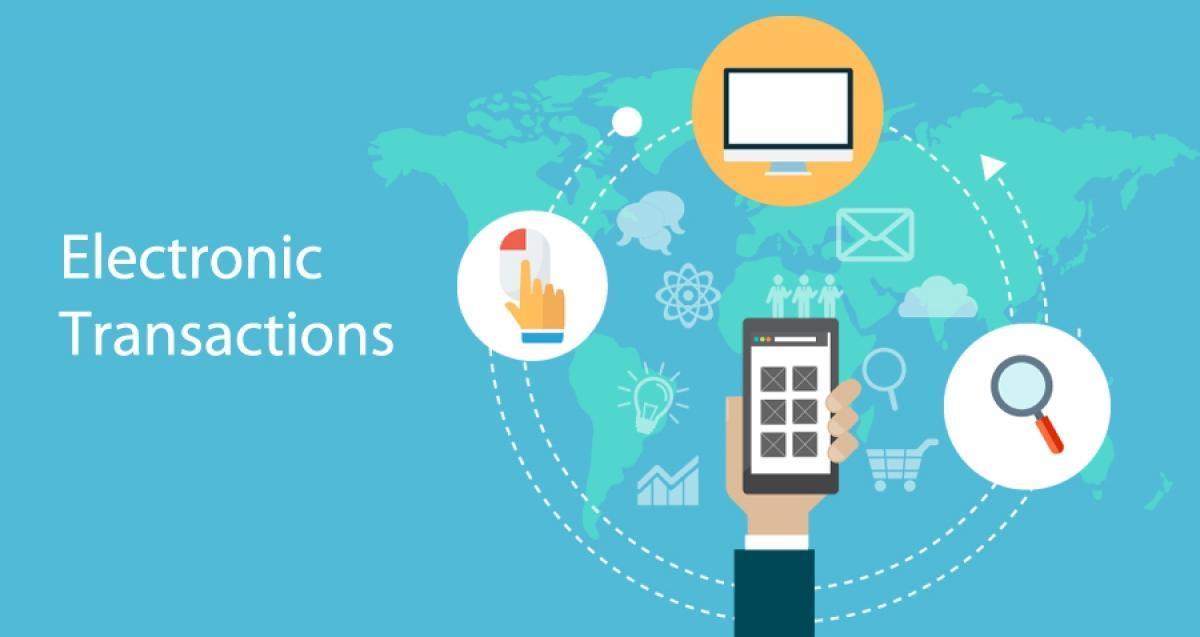Electronic invoice (e-invoice) automates and eliminates manual intervention in sending and sharing of invoices between a buyer and a seller. This means that the invoice is created, sent, and received in standard electronic format. This allows buyers and sellers to automate invoice processing.

Invoice is the first and most crucial step in the bookkeeping process. An invoice establishes an obligation for payment for products and services provided. Most of the organisation use accounting software for creating invoice and making online payments. Even though this process is done with the accounting software still, human intervention is required for the sharing of invoices.
Most of the organisations still print and post paper invoices. Some companies share and follow up for invoice via email. Electronic invoicing (E-Invoicing) allows the sharing of invoices between a buyer and a seller in an electronic format. Electronic invoicing (E-Invoicing) automates and eliminates manual intervention in sending and sharing of invoices.
Some organisations around the world are using electronic invoicing (E-Invoicing), but there are still many organisations that are not aware of all the benefits. Given the benefits of electronic invoicing, the Australian and New Zealand governments have implemented their own government e-invoicing projects through the Australian and New Zealand Government Electronic Invoicing Arrangement. Through this agreement both countries seek to improve productivity and reduce costs through a single interoperable digital market for their suppliers.
The Australian government has hatched a plan to support the digitalization of businesses to make its economy more dynamic, competitive and to counteract the economic effects of the COVID pandemic. Part of the Digital Business Plan is to invest in the mass adoption of electronic invoicing.
The Digital Business Plan was announced on September 29th, 2020 by the Australian Prime Minister and includes 800 Million AUD to increase digital productivity and employment in Australian companies.
The implementation of the electronic invoice is in the scope of the Australian government and is one of the strategic components of the plan for economic recovery. The plan will allocate 3.6 million AUD for the implementation of electronic invoicing before July 1st, 2022.
The Australian government would like to promote the optional use of e-invoicing with its providers and then, at a future date to make it mandatory.
The advantages of e-invoicing can be found online with the objectives of the Digital Business plan for economic recovery. The implementation of this system of invoicing greatly favors businesses by increasing savings by eliminating paper, increasing efficiency through automation and integration of sent and received invoices and the elimination of errors in invoices.
In Australia the reduction of payment and billing times is reinforced by the approval of the Supplier Pay On-Time or Pay Interest Policy, which means that public administrations receive electronic invoices and pay suppliers within 5 business days. The New Zealand Government is following a similar suite as the Australians and encouraging all its agencies to adopt e-Invoicing. It will help those agencies that have been set a target of paying 95% of all domestic invoices within 10 business days, as well as enabling the streamlining of processes across its government.
Businesses, especially SMEs, will see immediate benefits such as getting paid faster from government agencies, reducing day-to-day manual labour, and adding value to the customer experience. More importantly, this is a crucial first step to ignite fully-electronic B2B trading, ultimately improving purchase-to-pay and order-to-cash processes across the entire A/NZ market.